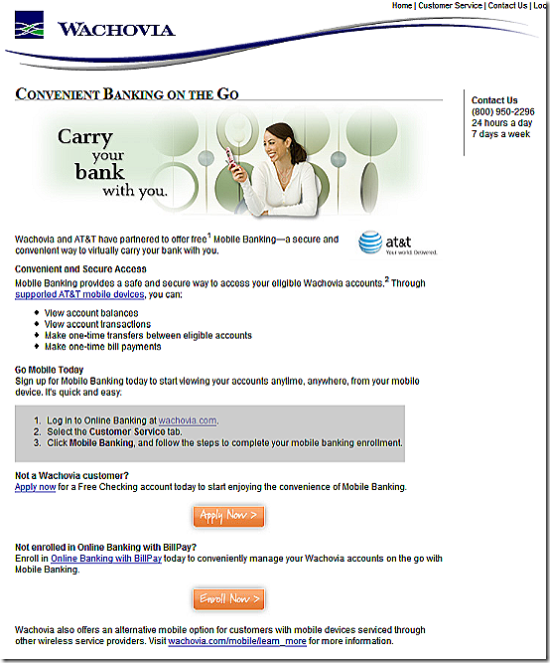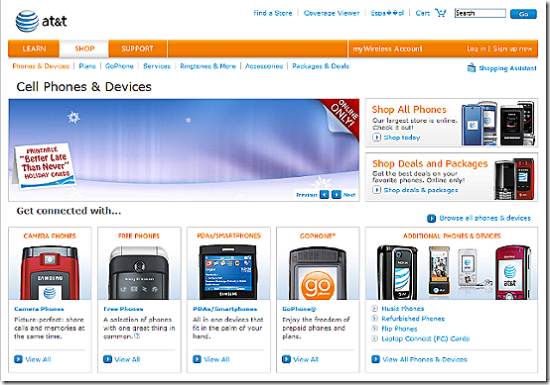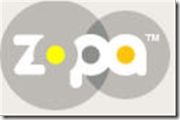 Zopa US opened a private beta Saturday morning, emailing selected customers that had previously signed onto its mailing list. Both of our listed email addresses received invites.
Zopa US opened a private beta Saturday morning, emailing selected customers that had previously signed onto its mailing list. Both of our listed email addresses received invites.
We'll look closer at the new service in our upcoming Online Banking Report on P2P lending, but what stands out is the business model: part P2P lender, part deposit-taking financial institutions, part charitable organization, part broker, and part lead-generation site. I'm not positive you can be all of those things at once, but it will be fascinating to see if Zopa and its partner credit unions can pull it off.
How it works
To understand how the Zopa US system works, you must first realize that all loans and all deposits are held at the six partner credit unions (see list below). So in that way, Zopa is a pure lead-generation play.
Zopa "investors" put their money in fixed-rate, 1-year certificates of deposits held by a credit union partner. Borrowers take out 5-year fixed-rate personal loans, again from a credit union partner. This part is pure depository financial institution, with Zopa as a broker.
Finally, the P2P/social finance aspect comes into play with the requirement that all depositors must choose to "help" at least one borrower by reducing the borrower's loan payment. The depositor has the choice of accepting the highest rate of interest, currently 5.1%, and making a token donation, or sharply reducing the APY on the Zopa CD in order to provide more financial assistance to Zopa borrowers. Depositors select who they want to help from the listed loans. An obvious scenario would be a grandparent investing a substantial sum into low-interest Zopa CDs, so that a child/grandchild could take out a 5-year loan to help with a down payment on a house. But depositors may also help a stranger whose story they find appealing.
Our preliminary take
Zopa has removed much of the uncertainty from the P2P lending process. But by eliminating the risk, they've also reduced available returns. Marketing Director Wade Lagrone, with whom I spoke Saturday afternoon (as Zopa engineers hammered away on the final tests), believes that U.S. investors overwhelmingly prefer low-risk, fixed-income investments and will prefer this P2P model.
I'm not convinced yet. It seems like a somewhat convoluted path to buy a simple CD. First, you must set your deposit rate, choose one or more borrowers to help, and finally join one of the six credit unions. The website makes the process relatively straightforward, but it's not the same as simply dropping a few grand into an online bank.
On the other hand, the ability to donate all or part of your deposit's interest-yield could appeal to certain investors, especially the well-heeled looking to help family members obtain below-market-rate loans for defined purposes (home purchase, education, business expansion, etc). And eliminating lender risk removes the huge chore of keeping lenders happy and informed about their book of loans.
Another potential problem is lack of transparency for borrowers. To obtain a Zopa loan, prospective borrowers fill out a nonbinding "loan quote." Not until after this application is made, and a credit inquiry logged, do borrowers find out if they will receive the lowest rate of 8.75% or the highest of 16.99%. And borrowers have no idea whether they will receive "help" from investors to lower their payment, and effectively reduce the APR of the loan.
Screenshot: Zopa CD setup (1 Dec 2007)
Zopa investors (aka lenders) select the rate of return for their 1-year CD and then choose a borrower to help by offsetting a portion of their Zopa loan payment.

Appendix: Credit Union Partners
The six U.S. credit union partners of Zopa US:
- Addison Avenue Federal Credit Union
- Affinity Plus Federal Credit Union
- FirstTech Credit Union
- FORUM Credit Union
- Provident Credit Union
- USA Federal Credit Union

![]() Intuit has been beta testing a fully online version of its flagship product Quicken since September. According to Eileen Ambrose, writing for the The Baltimore Sun (here), the product will launch Jan. 8, 2008, at a price of $2.99/mo (note 1), $12 more than the entry-level, packaged version ($24 at Amazon), but $8 less than Quicken Deluxe ($44 at Amazon).
Intuit has been beta testing a fully online version of its flagship product Quicken since September. According to Eileen Ambrose, writing for the The Baltimore Sun (here), the product will launch Jan. 8, 2008, at a price of $2.99/mo (note 1), $12 more than the entry-level, packaged version ($24 at Amazon), but $8 less than Quicken Deluxe ($44 at Amazon). 























